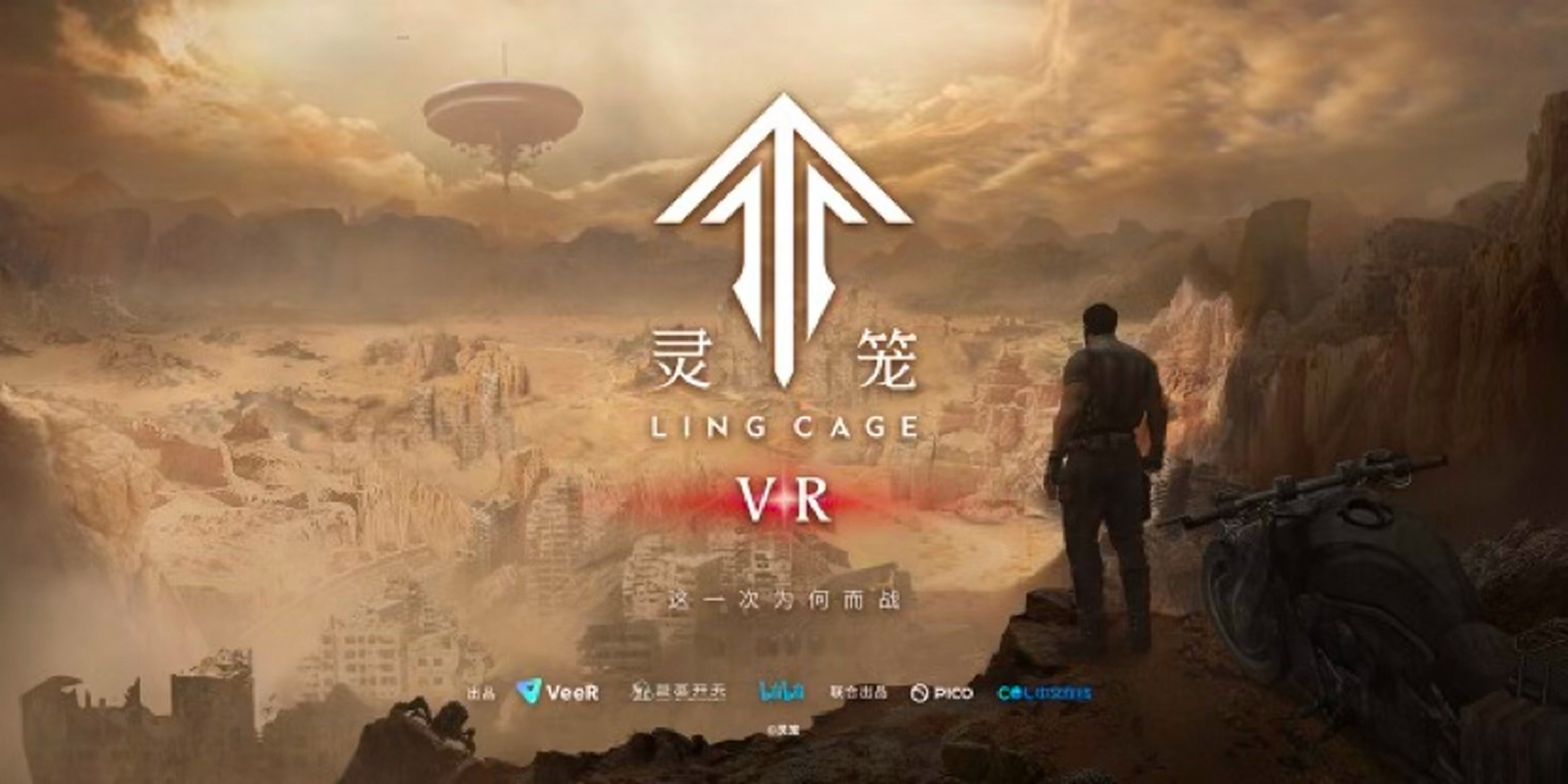1. VR/AR Ecosystem Integration: From Hardware to Content Revolution
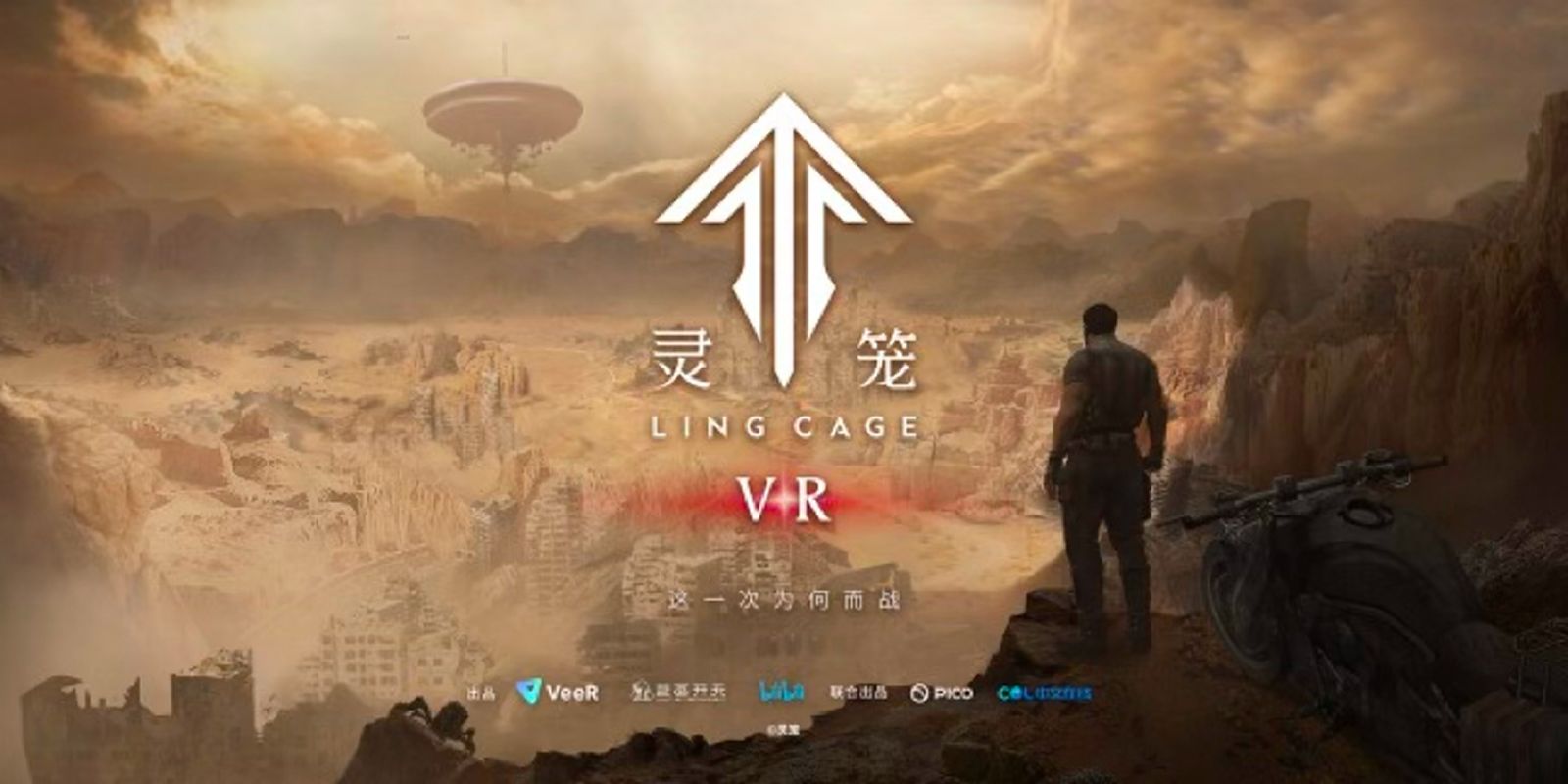
Trend: The launch of Apple Vision Pro in China and Tencent’s distribution of the Meta Quest series are expected to drive a 300% increase in people using VR devices. VR gaming is shifting from “one-off experiences” to everyday entertainment, combining social interaction, gaming, and e-commerce.
Current examples:
- Ling Cage VR Interactive Theater (Tencent × YHKT): Players enter the anime world through their VR headsets, fight alongside characters, and purchase exclusive merchandise.
- Alipay AR Shopping Games: Offline QR scans trigger mini-games (e.g., instant noodle AR card draws), boosting online engagement from offline traffic.
Strategy: To develop lightweight VR social games compatible with mainstream devices (Pico, Quest) and integrate these seamlessly with WeChat/Douyin payment systems.
2. AI-Driven Game Design: A Personalization & Efficiency Revolution
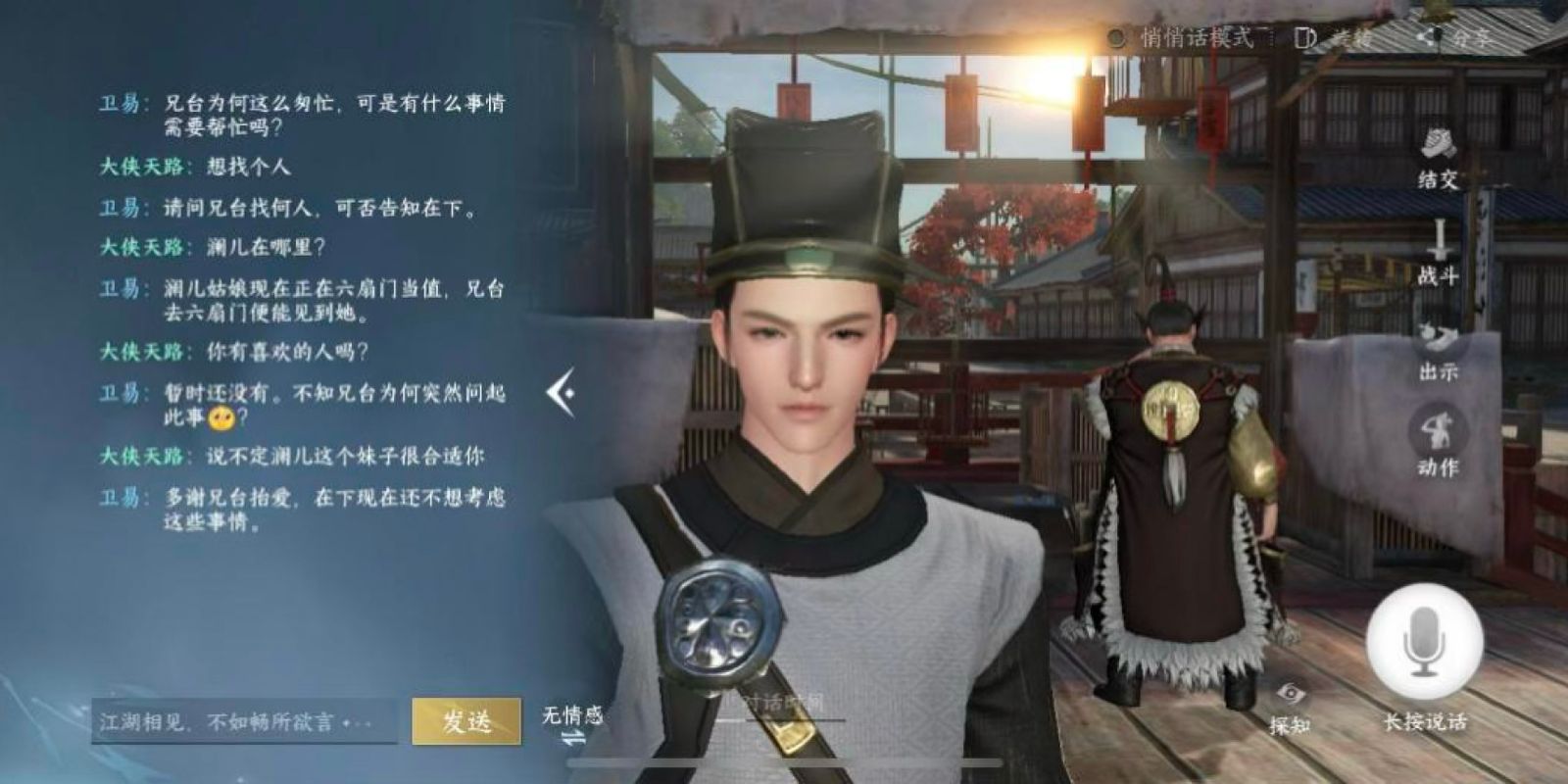
Trend: AIGC (AI-generated content) is transforming scriptwriting, conceptual art, and code generation, cutting development costs by 50%. Where Dynamic NPC systems create personalized storylines for each player.
Current examples:
- NetEase Justice Online “AI Brain”: Players converse freely with NPCs, generating real-time narrative branches.
- MiHoYo “Diffuse Domain” AI art tool: Converts text prompts into character sketches, tripling design efficiency.
Strategy: To adopt local AI tools (Baidu Ernie Bot, Tencent Hunyuan) with a focus on personalized storytelling in anime and fantasy RPG genres.
3. Nostalgic IP Remakes: Balancing Emotion & Technology
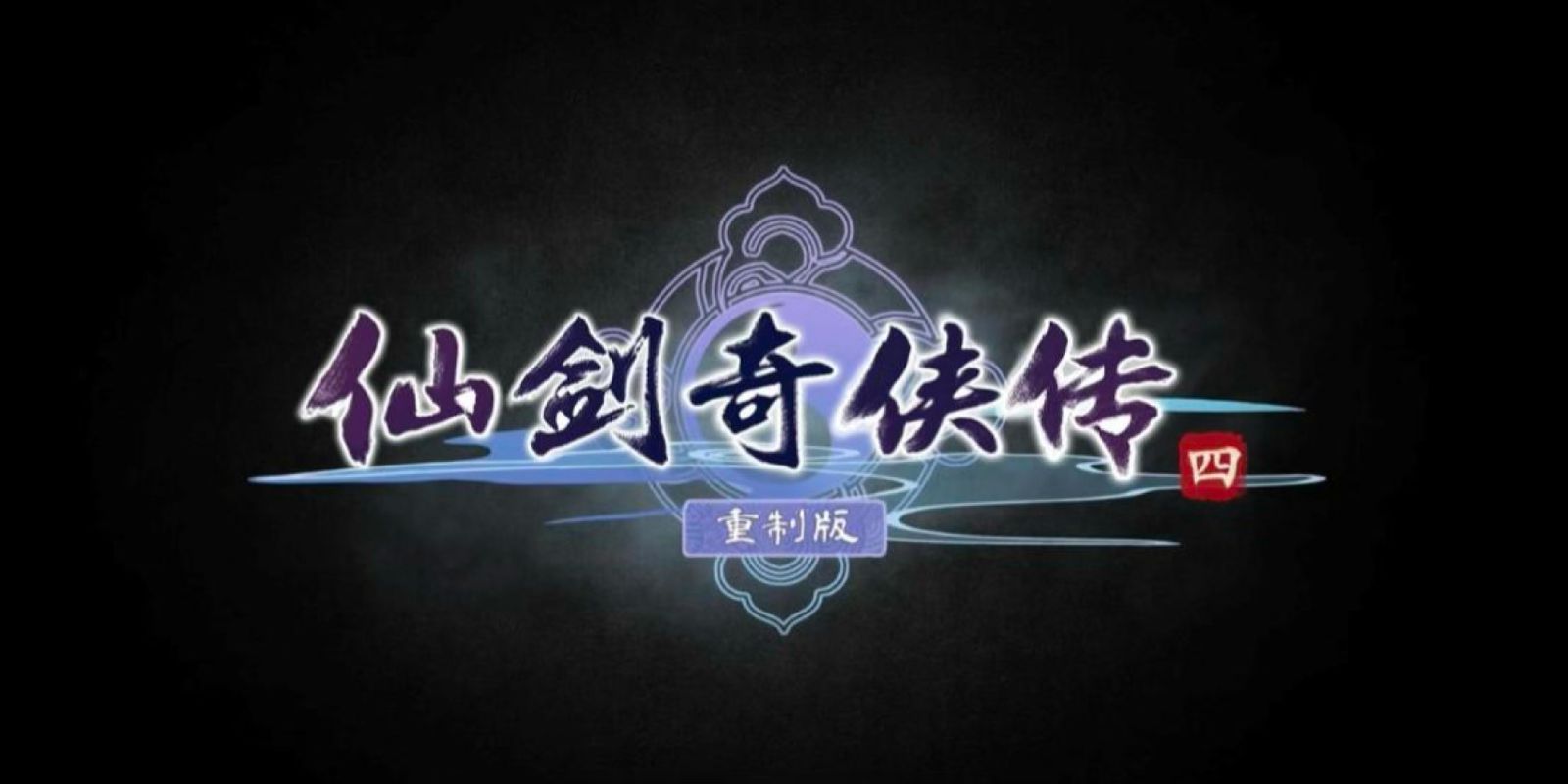
Trend: Demand for remakes of 1990s–2000s classics is surging, with users’ willingness to pay to relive these “childhood memories” up by 200%.
Current examples:
- Chinese Paladin IV Remake (CMGE): Built on Unreal Engine 5, it retains turn-based combat but adds multiple story endings based on user choices; it surpassed one million sales in its first week.
- Mole’s World Mobile (Taomee): Adapted from browser to mobile, blending farming with social play. It has topped the iOS charts.
Strategy: To prioritize IPs with novel/film bases (e.g., The Legend of Chusen, A Record of a Mortal’s Journey to Immortality) and launch merchandise alongside.
4. Trans-Media Storytelling: Breaking Entertainment Boundaries
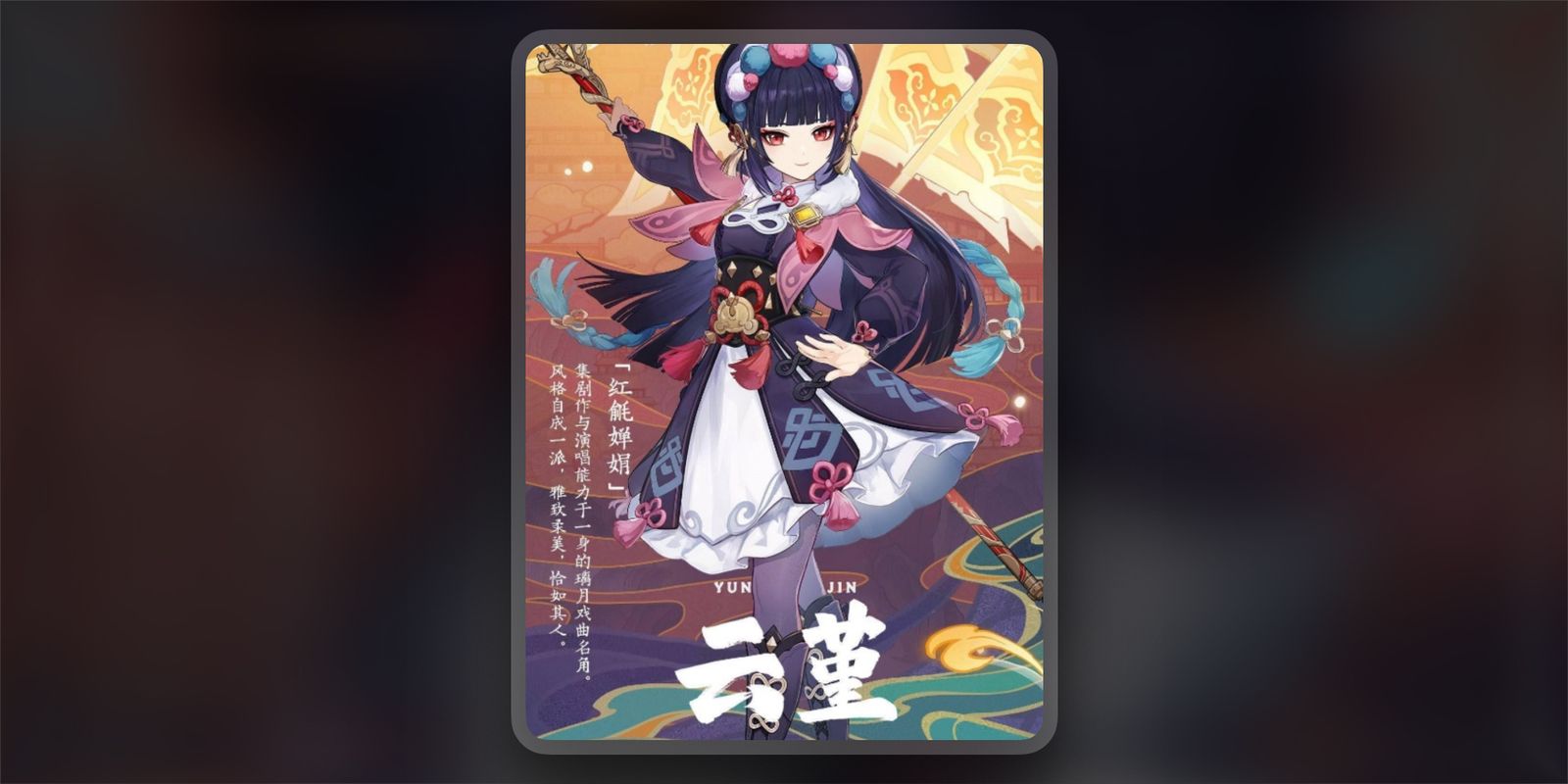
Trend: Crossovers between games, film, anime, and literature are becoming standard, maximizing IP value.
Current examples:
- Black Myth: Wukong × The Wandering Earth short film: Produced by Guo Fan Studio as a promotional tie-in.
- Genshin Impact × Shanghai Peking Opera House: Introduced opera-inspired character “Yunjin,” celebrated for promoting traditional Chinese opera to a global audience.
Strategy: To partner with video platforms (Bilibili, iQiyi) to create interactive short dramas where player decisions shape the narrative.
5. Mobile Gaming Segmentation: Vertical Tracks Rise
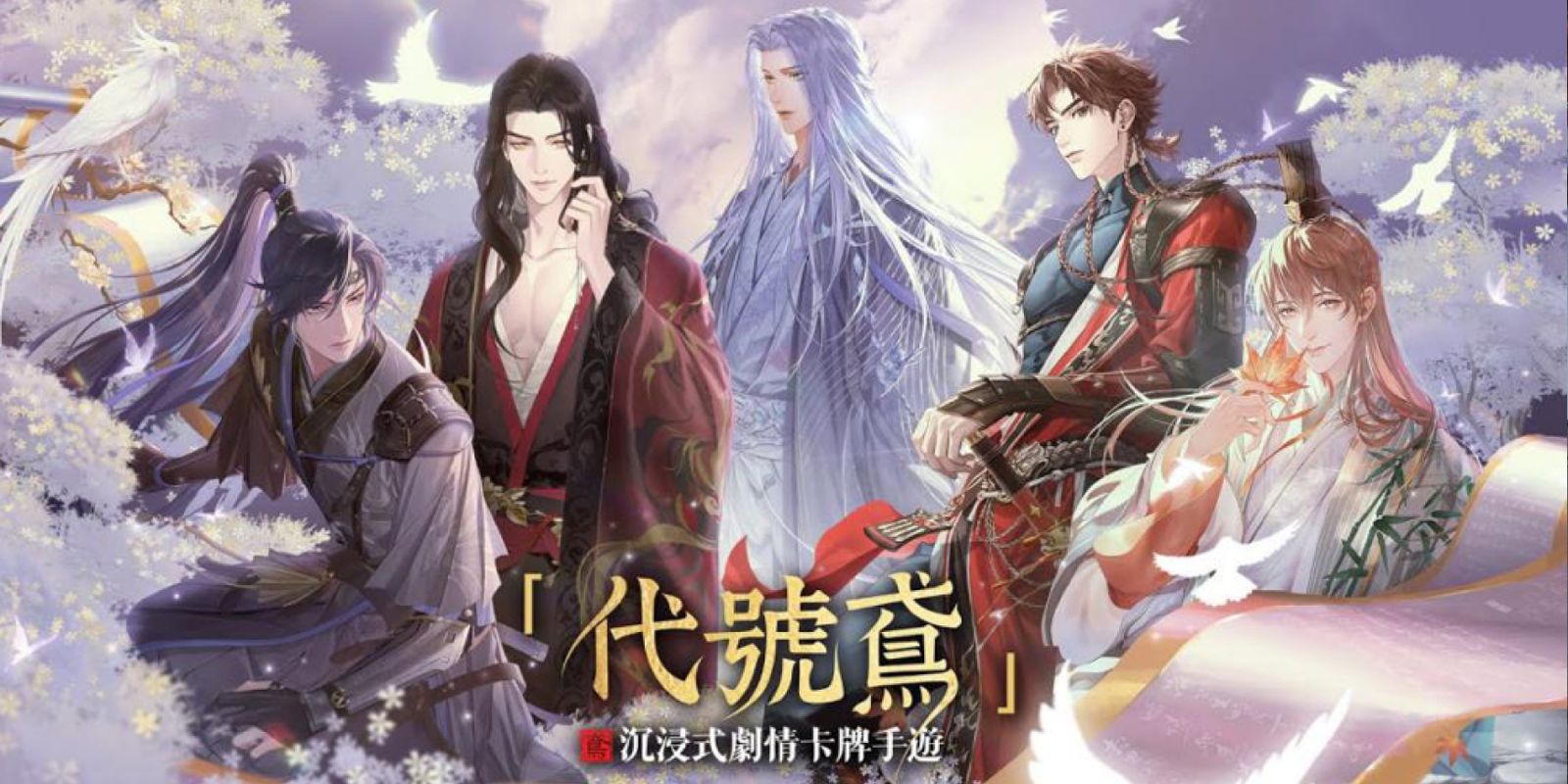
Trend: Hyper-casual growth is slowing, while female-oriented, silver-age (40+), and simulation games are seeing 40%+ growth.
Current examples:
- NetEase Codename: Jade: A Three Kingdoms strategy game with romance elements that has topped the iOS charts.
- Lilith Elderly Care Simulator: A nursing home sim attracting 40+ users, hitting 5M DAUs.
Strategy: To design gameplay tailored to niche audiences (e.g., parenting simulators for young mothers) and advertise on platforms like Xiaohongshu or BabyTree.
6. The Popularization of Cloud Gaming: 5G Enables Instant Play
Trend: Carriers (China Mobile, China Unicom) are rolling out 5G cloud gaming packages, letting users instantly play AAA titles without the need to download.
Current examples:
- Tencent START: Integrated League of Legends and Genshin Impact, subscription ¥30/month; it has surpassed 10M users.
- Huawei Cloud VR: Cutting-edge computing via 5G base stations reduces latency below 20ms.
Strategy: To built lightweight cloud versions and bundle these with carrier data packages
7. Globalization & Localization: Cultural Adaptation is Key
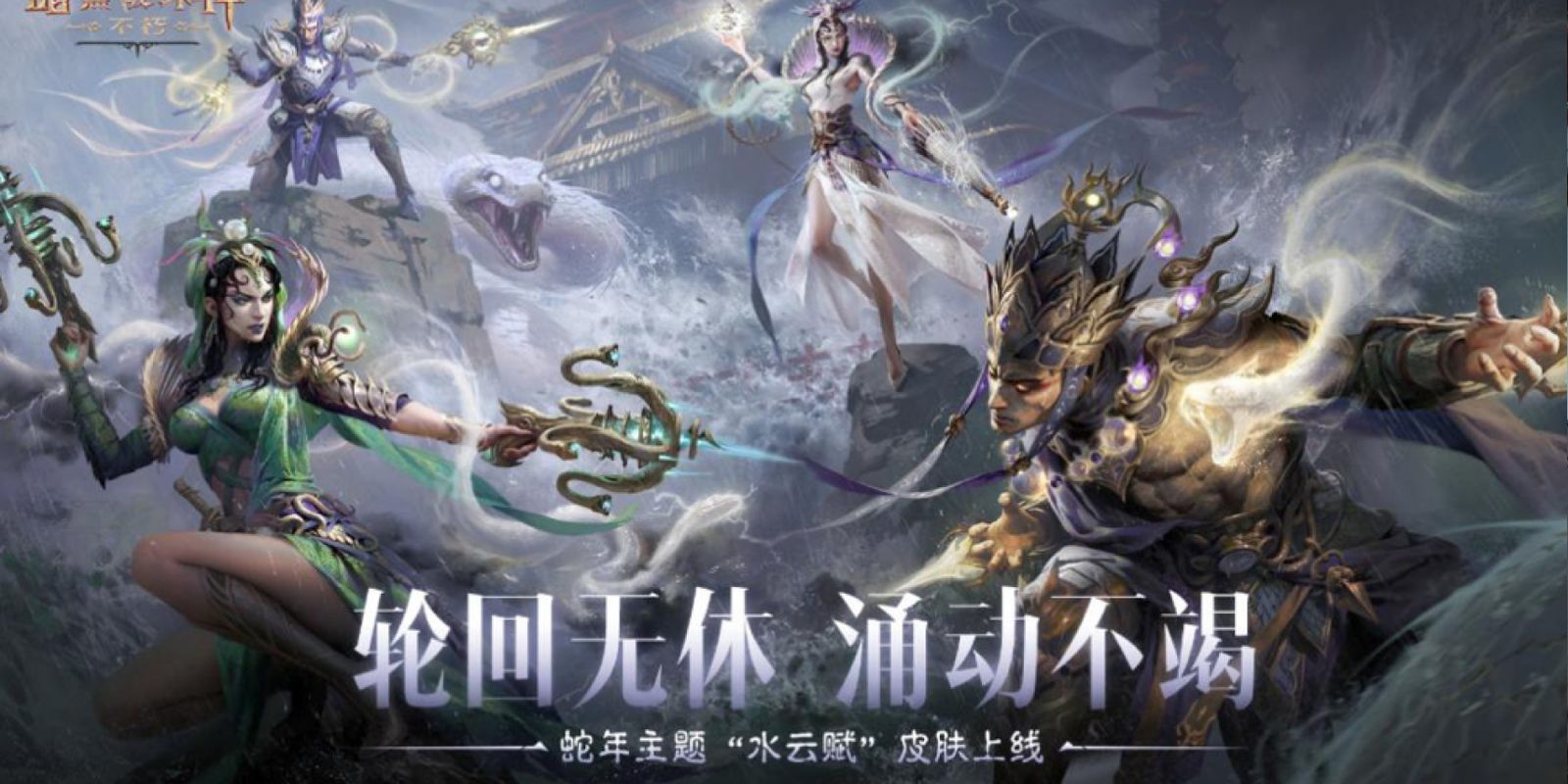
Trend: Deep cultural and regulatory adaptation is now critical for overseas titles entering China, with localization costs reaching 30% of budgets.
Current examples:
- Diablo Immortal (Blizzard × NetEase): Added Chinese seasonal events and Peking Opera skins, passing license approval.
- AFK Arena (Lilith): Adjusted character designs to meet standards, with China revenue exceeding 50%.
Strategy: To partner with local publishers (Tencent, NetEase) and plan license approval and content adjustments at least two years in advance.
8. Virtual Idol Economy: From Endorsements to Live Commerce
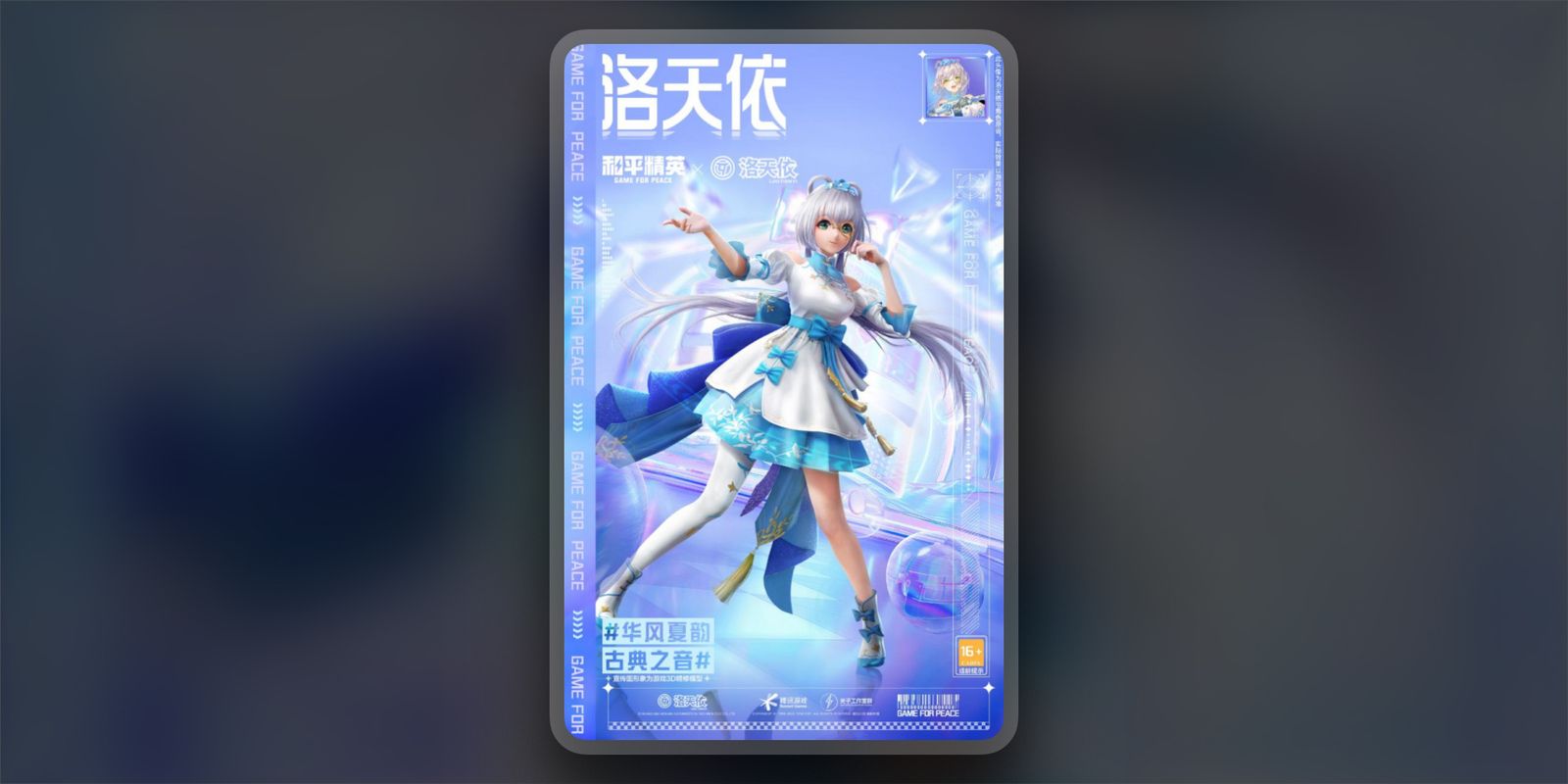
Trend: Virtual idol livestreaming for e-commerce grows 200% year-on-year.
Current examples:
- Luo Tianyi × Game for Peace: Idol-hosted e-sports livestream featuring co-branded gear. Sales have exceeded ¥100M.
- Alibaba DAMO Academy “Li Nian”: AI virtual host streaming 24/7, cutting costs by 60% vs. human hosts.
Strategy: To build or rent digital idols (e.g., Tencent Cloud avatars) and leverage Douyin/Bilibili livestreams for sales.
9. E-Sports Urbanization: Regional Leagues Rise
Trend: E-sports leagues are now city-based (e.g., LPL Chengdu, KPL Shanghai), with offline viewing becoming a new consumer experience.
Current examples:
- Honor of Kings KPL: 16 city-based teams, ticket revenue surpassing box office levels.
- Shenzhen “Esports Tourism Complex”: Combines tournaments, hotels, and retail, drawing 1M+ annual visitors.
Strategy: To sponsor city teams, launch region-exclusive skins (e.g., “Chengdu Panda Edition”), and energize local fanbases.
10. Web3.0 Experimentation: Compliant NFT Exploration
Trend: Due to regulations, NFTs exist as “digital collectibles” in China — meaning they are non-tradable and for display purposes only.
Current examples:
- NetEase Naraka: Bladepoint collectibles: Character-skin NFTs, sold out instantly, though non-resellable.
- Tencent Huanhe × Dunhuang Museum: Issued cultural charity collectibles with an educational focus.
Strategy: To issue public-welfare digital collectibles to avoid financial risk while enhancing brand culture.
How to implement Chinese gaming industry trends?
Asia Game Buzz offers a full-cycle solution:
- Trend Analysis: Tailored strategies based on real-time data and policy updates.
- Localization Loop: From cultural adaptation and license approvals to channel distribution.
- KOL Matrix: Engaging top influencers, virtual idols, and niche communities.
- Performance Tracking: ROI-driven campaign optimization and sentiment monitoring/analysis.
